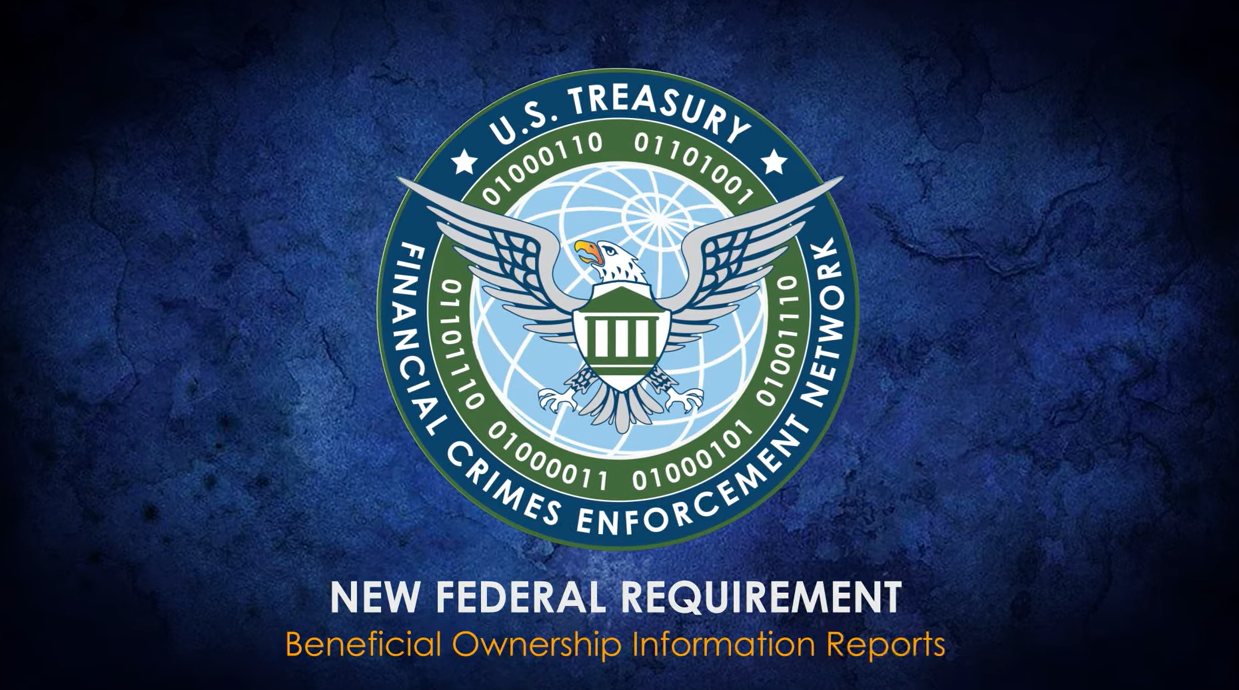Even with the latest and greatest technology, travel and expense management is one area that remains ripe for fraud. While most employees would never dream of stealing from their employer, there are those that seem to lose their moral fortitude when completing an expense report. Though slightly reminiscent of employees stealing pens and other office supplies in the 70s and 80s, fraudulent receipts cost companies much more than the occasional missing pen or ream of paper ever did.
In a report completed in April of 2018, the Association of Certified Fraud Examiners reviewed more than 2,500 cases of fraud over a 20-month period that ultimately resulted in company losses totaling more than $7 billion. The anti-fraud organization further states that travel and expense fraud can account for almost 15 percent of employee fraud in any business. To help stem that loss, an increasing number of businesses are looking to implement cloud-based expense management systems.
See our reviews of Expense Management systems on page XX.
Oddly enough, the transition from manual expense management to a smarter system has been neither smooth nor as enthusiastic as one may think. As promising as the future of automated expense management applications may look, it appears that not everyone views these applications as a viable solution for their business. In a survey conducted by Nexonia, a provider of web and mobile expense solutions, more than 46 percent of small and mid-sized businesses still use spreadsheets for recording and managing business and travel expenses, though that number drops to 16 percent for enterprise level businesses.
But fraud can be an issue for any business of any size and should be adequately addressed. And with the availability of numerous expense management applications that vary in size and scope, including price points that can work for even the smallest business, it remains something of a mystery why so many small and mid-sized businesses continue to use a manual expense management system. This is particularly puzzling since both business owners and employees seem to be on the same page when it comes to expense management applications, with both groups wanting an easier, more efficient way to handle the tedious task of accounting for and reporting travel and other expenses.
Because of current cloud technology, businesses have been able to transition the slow, painful process of filling out an expense report to a matter of snapping a photo of a receipt and uploading that photo to expense management software, where technology will extract data from the receipt and place it into the appropriate category. This same technology will prompt you to complete your report and send it to the authorized approver, thus eliminating pain points often cited by employers such as lost receipts, reports submitted without receipts and late (or no) report submitted. Quicker processing also means a quicker turnaround time on reimbursements, with employees typically being paid in days, not weeks. Yet usage rates in both the small and mid-sized business sector remain slow, making this perhaps the biggest challenge that expense management application providers face today: How to help these businesses overcome their reticence about adopting this new technology.
Slow adoption hasn’t slowed down expense management application providers, as they continue to up their game by building on the technology used in today’s applications. Features such as Optical Character Recognition (OCR), which offers easy data extraction from scanned or uploaded receipts directly into an expense report will become mainstream, while the ability to expand on business rules will work to further reduce fraud, particularly when paired with travel applications. Automatic alerts for non-compliance will help to alert management to potential trouble, and a mileage tracker will help keep employees honest when tracking business mileage.
As automated as the expense management process is today, the next ten years will bring even more extended technology to the forefront, including full featured expense management systems available for mobile devices. This will be particularly important as Gen Z enters the workforce; the first generation to grow up alongside smart phones and other smart technology. No longer will mobile apps be a watered-down version of the full program, but will likely offer complete program functionality. Better integration with reservation systems will likely follow, so employees will be able to handle air, hotel, and car rental through their expense management application, making their travel selections using the rules established by the company. Artificial intelligence (AI) will also play a much larger role in expense management systems of the future, working to spot and flag potential fraud while helping to reduce that $7 billion-dollar fraud number.
Remember, these systems cannot eliminate all fraud, and as technology gets smarter, it’s likely that those intending to commit fraud will find another way to do so. But they will work to keep spending in check and keep most employees both organized and honest.
If you’re looking for an expense management application for the first time, here are a few of the features and functionality that will benefit you and your business the most:
- Cloud-based technology. While there are a number of solid expense management applications on the market today that are deployed on a desktop, the trend is really shifting towards cloud-based technology. After all, both employers and employees are looking for a system that offers immediacy that an on-premise application currently lacks. When you’re at the airport having breakfast, would you rather scan and upload your receipts minutes after your order is placed, or would you rather carry the receipt around for the next five days, hoping that it doesn’t get misplaced or lost? I think the answer is pretty clear.
- The expanded use of workplace rules. This is one of the areas that offers the most potential for changing the expense management system in the next few years. This expansion means that businesses can build and implement their own set of rules regarding allowed employee expenses. This can be as simple as disallowing anything over a specified amount for everything from airline tickets to meals. Implementing these rules will make it much harder to fudge totals on an expense reports, while staff accountants will rejoice as they will no longer need to chase down employees for receipts, nor get approval for excess expenditures.
- The ability to see the big picture. Expense management systems work to simplify the entire expense process, but they do something else as well. They give management an intimate view of spending trends such as who is spending more, who consistently violates policy, or what department always exceeds their travel budget. These trends can be invaluable when determining company rules and enforcement.
You may not want to throw away that receipt yet, but chances are, they will soon take their place along with other relics of the past.
Thanks for reading CPA Practice Advisor!
Subscribe Already registered? Log In
Need more information? Read the FAQs





